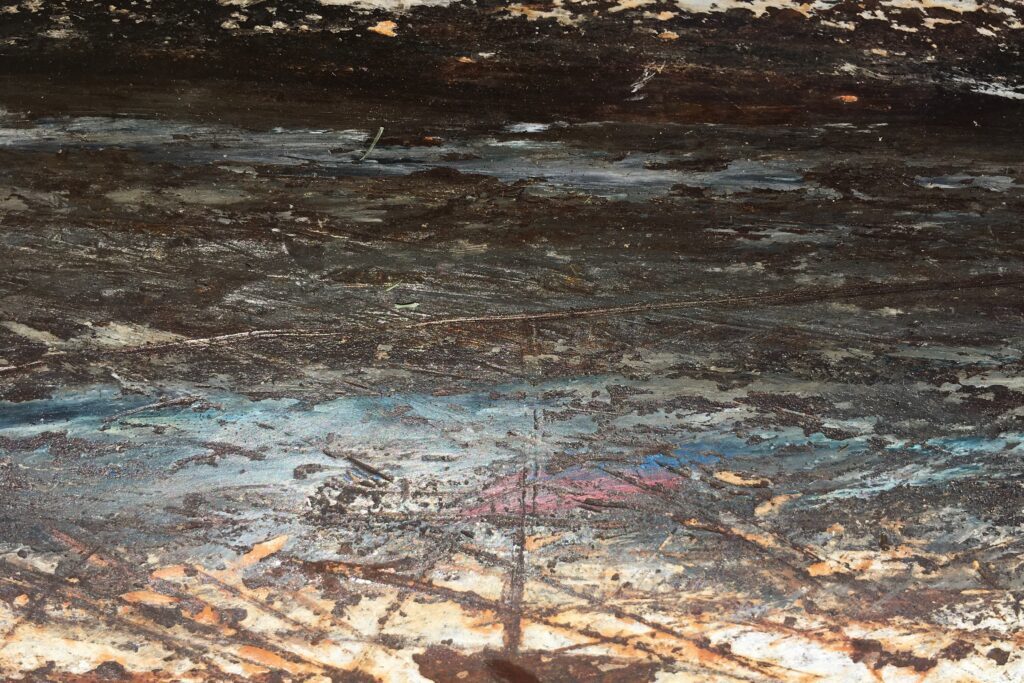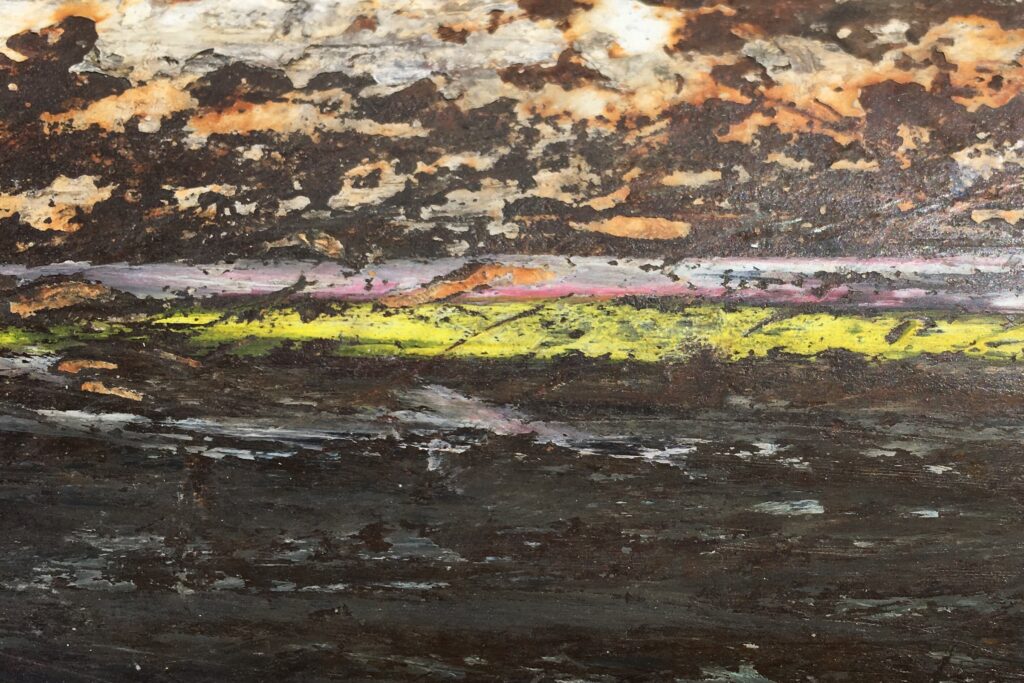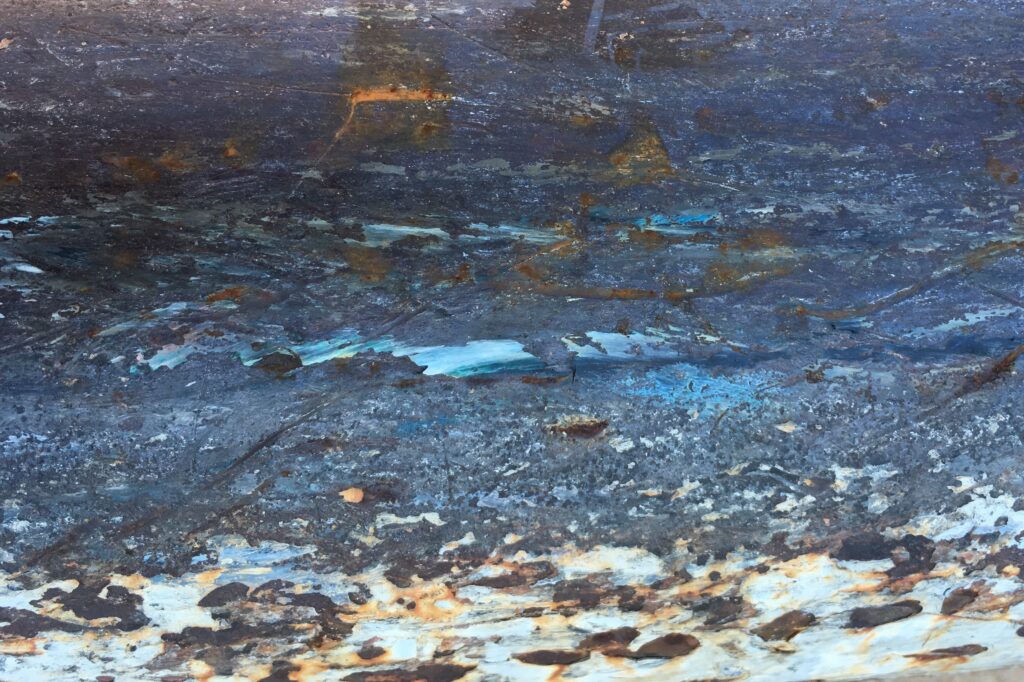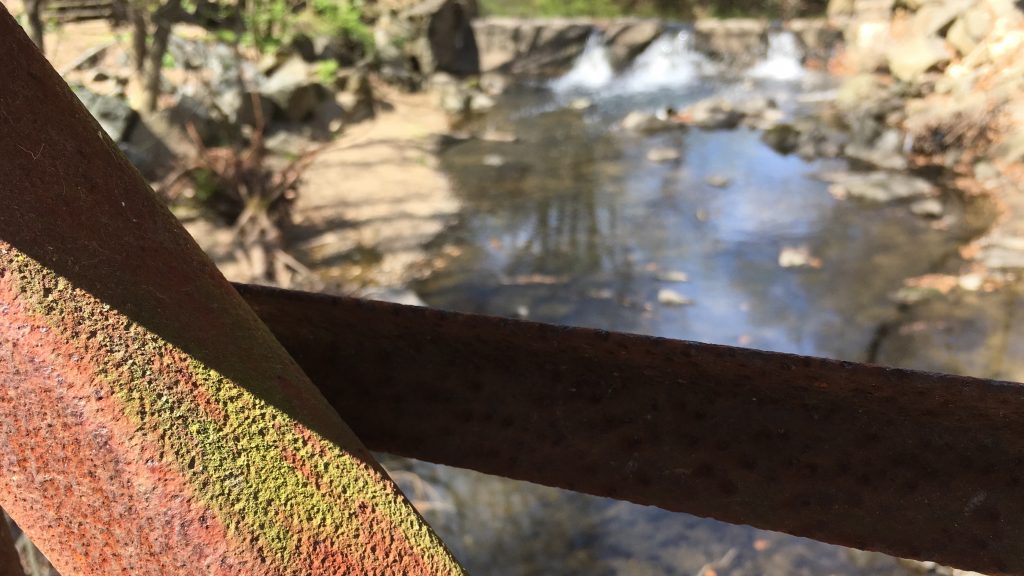This is not going to be an in-depth treatise on Christopher Columbus, or a history of protest, or a detailed condemnation of the ingrown injustices that have made Baltimore what it has been, and what it is. This is my personal reflection on a moment in time, in a small space that means a great deal to me.
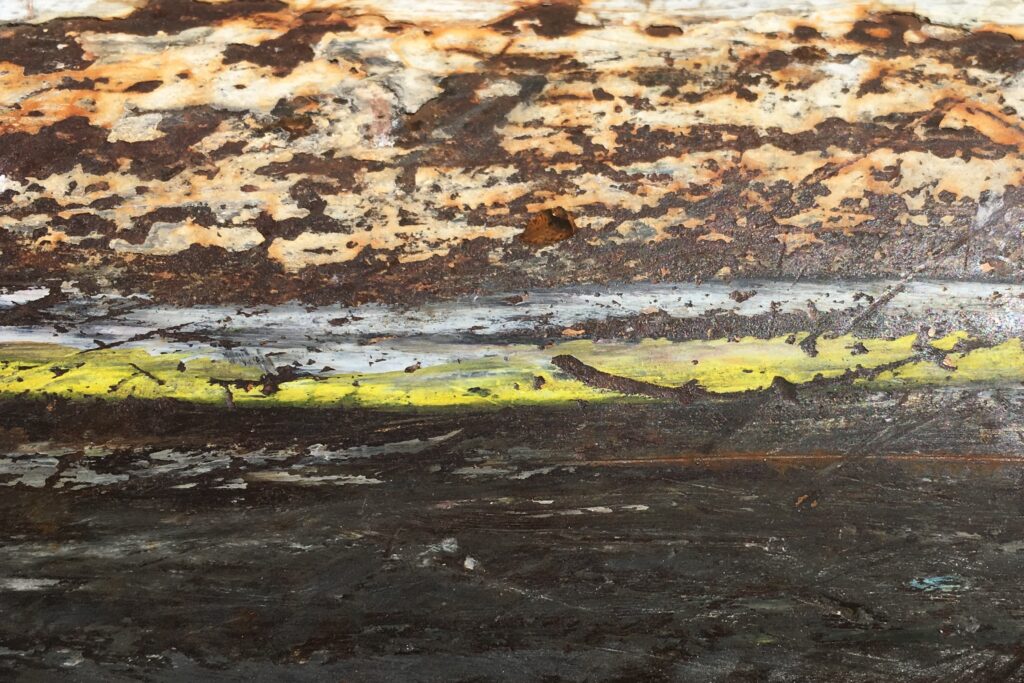
I’ve been meaning to write this piece since July, but I’m enjoying the feeling of writing it today, a day that used to celebrate a plunderer and profiteer, but that in some places has been reclaimed to celebrate indigenous peoples.
I have worked in Baltimore since 2011. My office is in the Inner Harbor, and I park in Harbor East—two of the most moneyed and tourist-focused areas of the city. The police presence is constant and visible. Young professionals in expensive “athleisure” clothes walk their small-breed condo-friendly dogs along the waterfront promenade between the aquarium and the Whole Foods, passing the Four Seasons Hotel, the Johns Hopkins Carey School of Business, the UnderArmour flagship store at the edge of the marina, the restaurants with multi-paragraph dress codes posted outside.
I don’t only see the money; I see what feeds it, and what it eats. I see the hotel workers grabbing a break in the loading dock that smells of cigarettes and bleach (the laundry vents into the loading dock). I see the panhandlers on the footbridges, taking their benevolent bridge-troll tolls, overlooking, overlooked. I see the restaurant staff, the street sweepers, the people raking up the post-storm flotsam-jam in the Jones Falls canal, feeding driftwood and garbage up the conveyor belt to Mr. Trash Wheel.
I see the Railing, a landmark I walk past so often it gets a capital letter. To me it has become a canvas not only for skateboard-colors but for complicated thoughts about Baltimore’s industrial past and creative present. I have taken photos of it almost every week since December 2015—almost every week, that is, until March of this year, when the pandemic sent me to work from home. Of all the things I miss about working in Baltimore, it’s the Railing I miss the most. I have gone back to see it twice, once in April and once in July.
In April it was a pure hunger to see what was happening, what marks were still there, what if anything had been newly-laid. (Yes. New color, and new rust, and recent scrapes peeling up fresh vinyl—the peeled-up fragments don’t stay intact for long, so they are like finding a campfire with still-live coals under the ash: Someone was here, less than a day ago.)
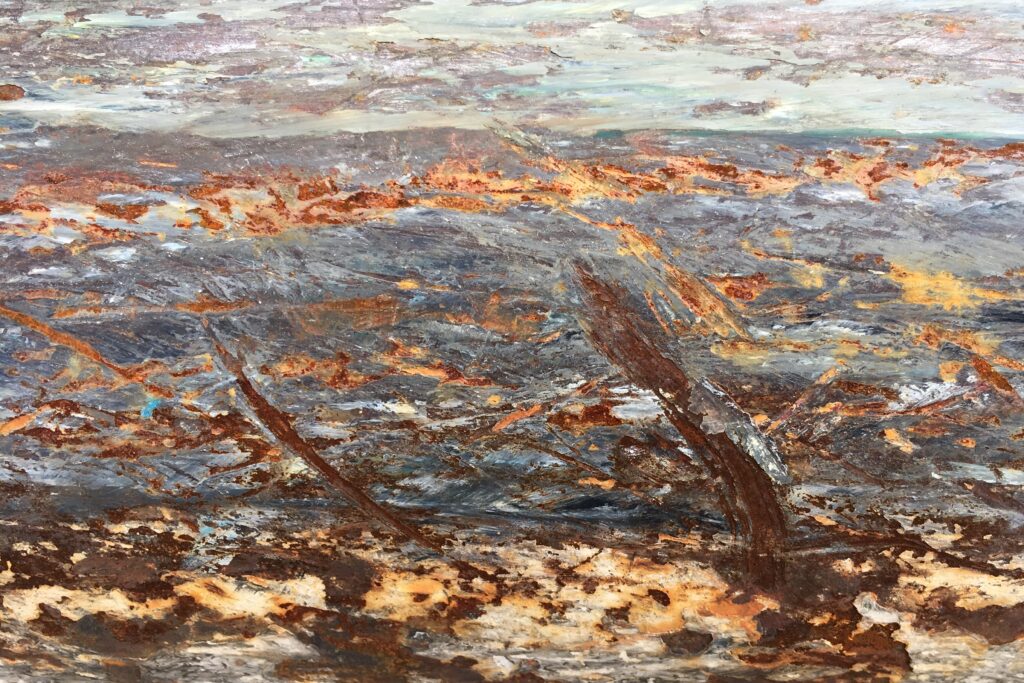
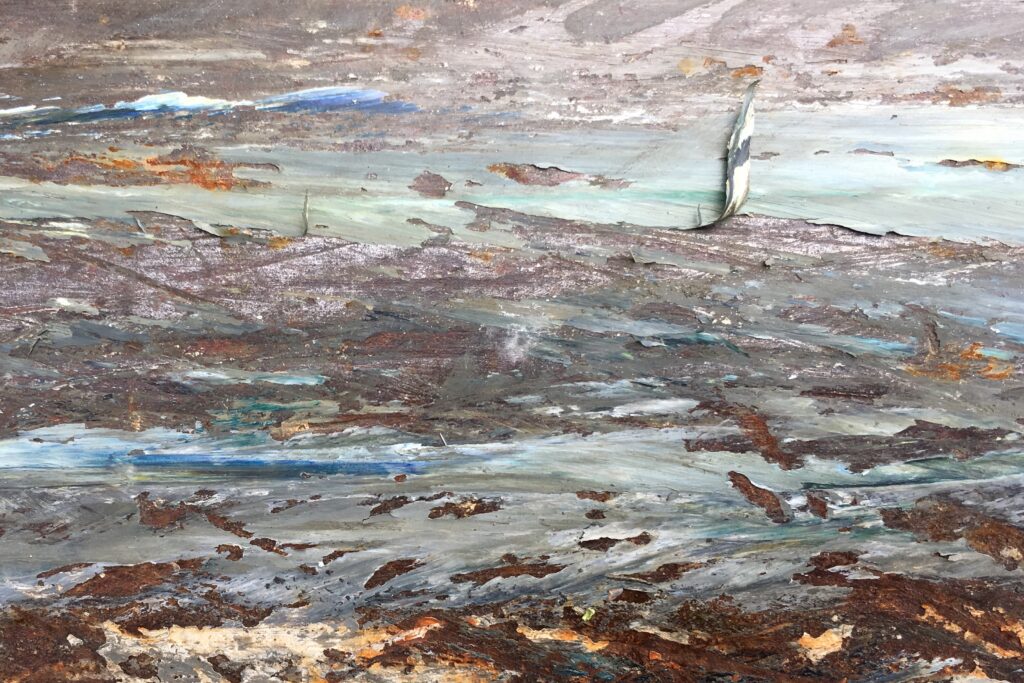
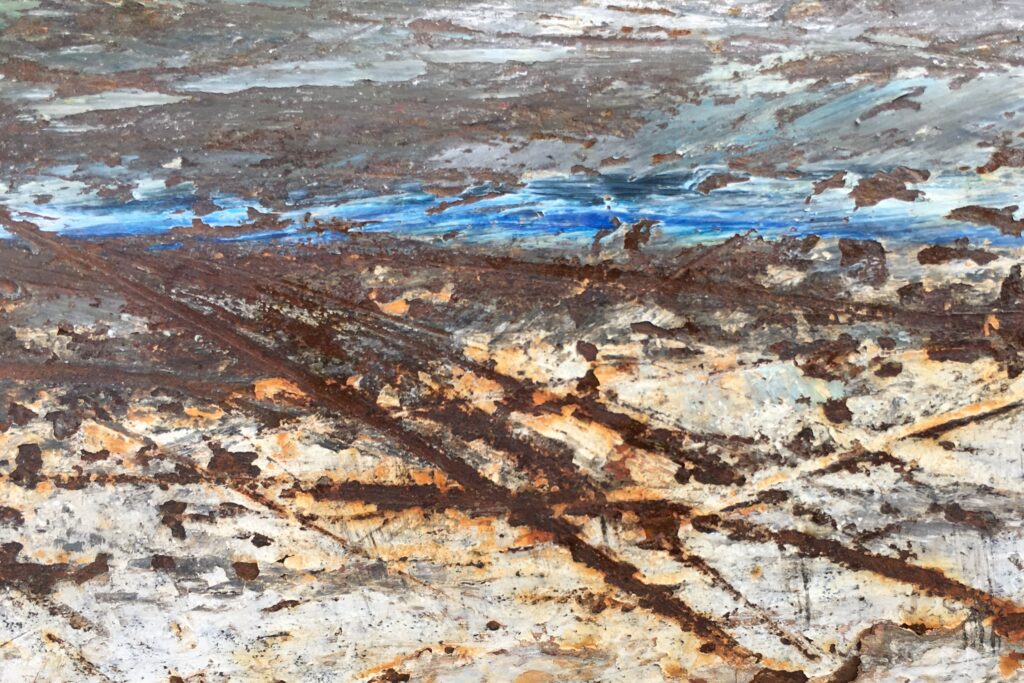
In July, the impetus was bigger—not more urgent, but more philosophical. Six weeks after the murder of George Floyd, as Black Lives Matter protests grew and spread, protesters in Baltimore tore down a statue of Christopher Columbus. Reports said the statue was thrown into the harbor, which I doubt; I can’t imagine the protestors carrying the statue a whole block just to get it into open water. That statue was in a little park across the canal from the Railing. For days, I couldn’t stop thinking about whether I would be able to see the Railing from the now-empty plinth where that statue had stood (a symbol of pride to some, but of shame and lies and oppression to many, many more).
Yes. I could. I can.
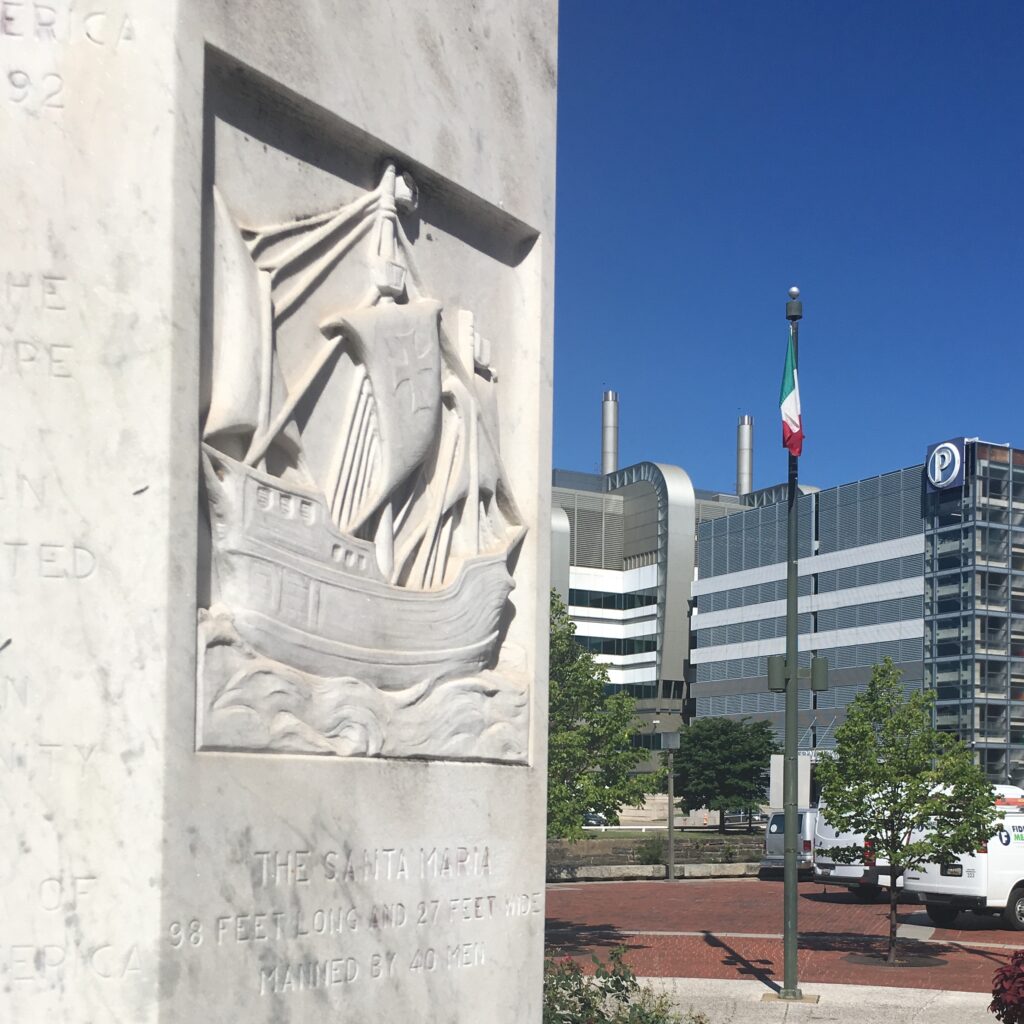
It feels important, this moment. It anchors me to history in a new way. I have been doing my work and making my art and walking my paths in that space for years, and now it is connected to this paroxysm, this one small landslide toward justice in these strange tectonic times. Witness.
